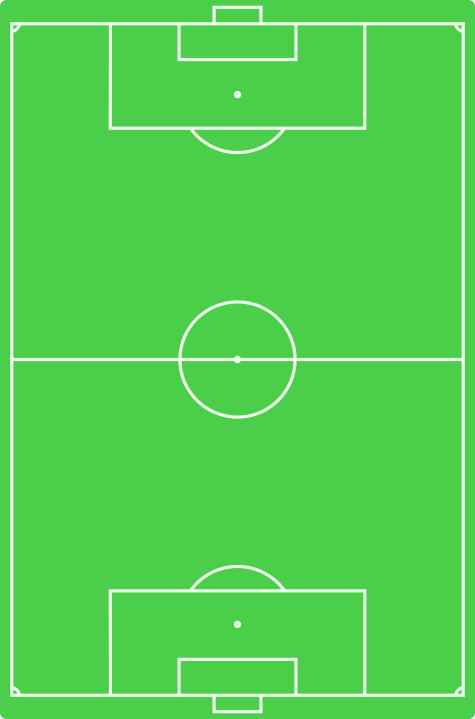Tokutaro Ukon
Tokutaro Ukon (右近 徳太郎, Ukon Tokutarō, September 23, 1913 – March 1944) was a Japanese football player. He played for Japan national team.
| Personal information | ||||||||||
|---|---|---|---|---|---|---|---|---|---|---|
| Full name | Tokutaro Ukon | |||||||||
| Date of birth | September 23, 1913 | |||||||||
| Place of birth | Kobe, Hyogo, Japan | |||||||||
| Date of death | March 1944 (aged 30) | |||||||||
| Place of death | Bougainville Island, Papua New Guinea | |||||||||
| Height | 1.73 m (5 ft 8 in) | |||||||||
| Playing position(s) | Defender, Midfielder, Forward | |||||||||
| Youth career | ||||||||||
| Kobe Daiichi High School | ||||||||||
| 1931–1937 | Keio University | |||||||||
| Senior career* | ||||||||||
| Years | Team | Apps | (Gls) | |||||||
| Kobe Club | ||||||||||
| National team | ||||||||||
| 1934–1940 | Japan | 5 | (1) | |||||||
Honours
| ||||||||||
| * Senior club appearances and goals counted for the domestic league only | ||||||||||
Club career
Ukon was born in Kobe on September 23, 1913.[1] When he was a Keio University student, he won 1932 Emperor's Cup with Teiichi Matsumaru and so on as a member of Keio BRB was consisted of Keio University players and graduates. He also played for his local club Kobe Club. He played in many positions defender, midfielder and forward.
National team career
| Miracle of Berlin (1936 Olympics 1st round v Sweden on August 4) |
In May 1934, when Ukon was a Keio University student, he was selected Japan national team for 1934 Far Eastern Championship Games in Manila. At this competition, on May 15, he debuted against Philippines. In 1936, he was also selected Japan for 1936 Summer Olympics in Berlin and scored a goal against Sweden. Japan completed a come-from-behind victory against Sweden. The first victory in Olympics for the Japan and the historic victory over one of the powerhouses became later known as "Miracle of Berlin" (ベルリンの奇跡) in Japan. In 2016, this team was selected Japan Football Hall of Fame. He played 5 games and scored 1 goal for Japan until 1940.[2]
Death
In 1942, Ukon served in the military for World War II. In March 1944, he was killed in action in Bougainville Island, Papua New Guinea at the age of 30.[3][4]
National team statistics
| Japan national team | ||
|---|---|---|
| Year | Apps | Goals |
| 1934 | 2 | 0 |
| 1935 | 0 | 0 |
| 1936 | 2 | 1 |
| 1937 | 0 | 0 |
| 1938 | 0 | 0 |
| 1939 | 0 | 0 |
| 1940 | 1 | 0 |
| Total | 5 | 1 |
References
- Kagawa Football Library(in Japanese)
- "UKON Tokutaro - Japan National Football Team Database". www.jfootball-db.com. Retrieved 2020-02-11.
- Tokutaro Ukon's profile at Sports Reference.com
- "Olympians Who Were Killed or Missing in Action or Died as a Result of War". Sports Reference. Archived from the original on 17 April 2020. Retrieved 24 July 2018.
External links
- Tokutaro Ukon – FIFA competition record
- Tokutaro Ukon at National-Football-Teams.com
- Japan National Football Team Database
- Japan Football Hall of Fame (Japan team at 1936 Olympics) at Japan Football Association
